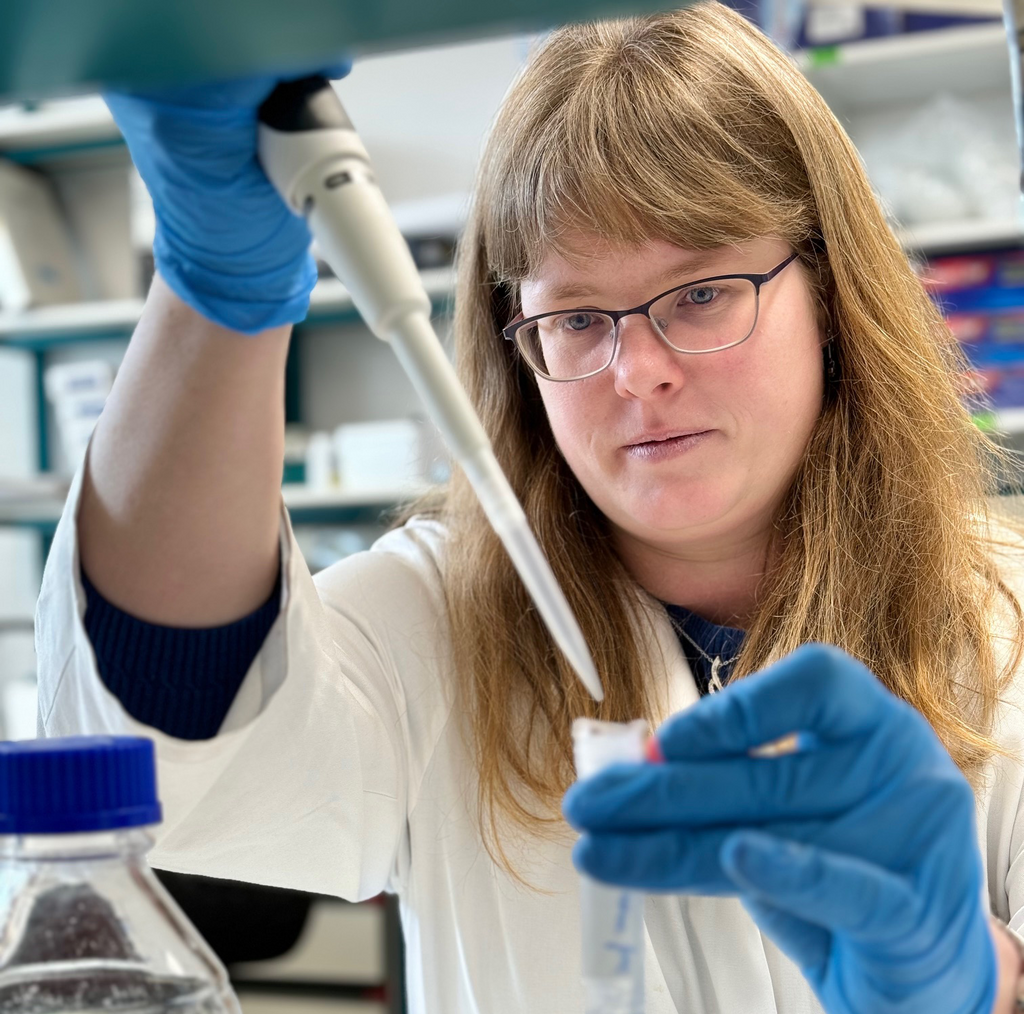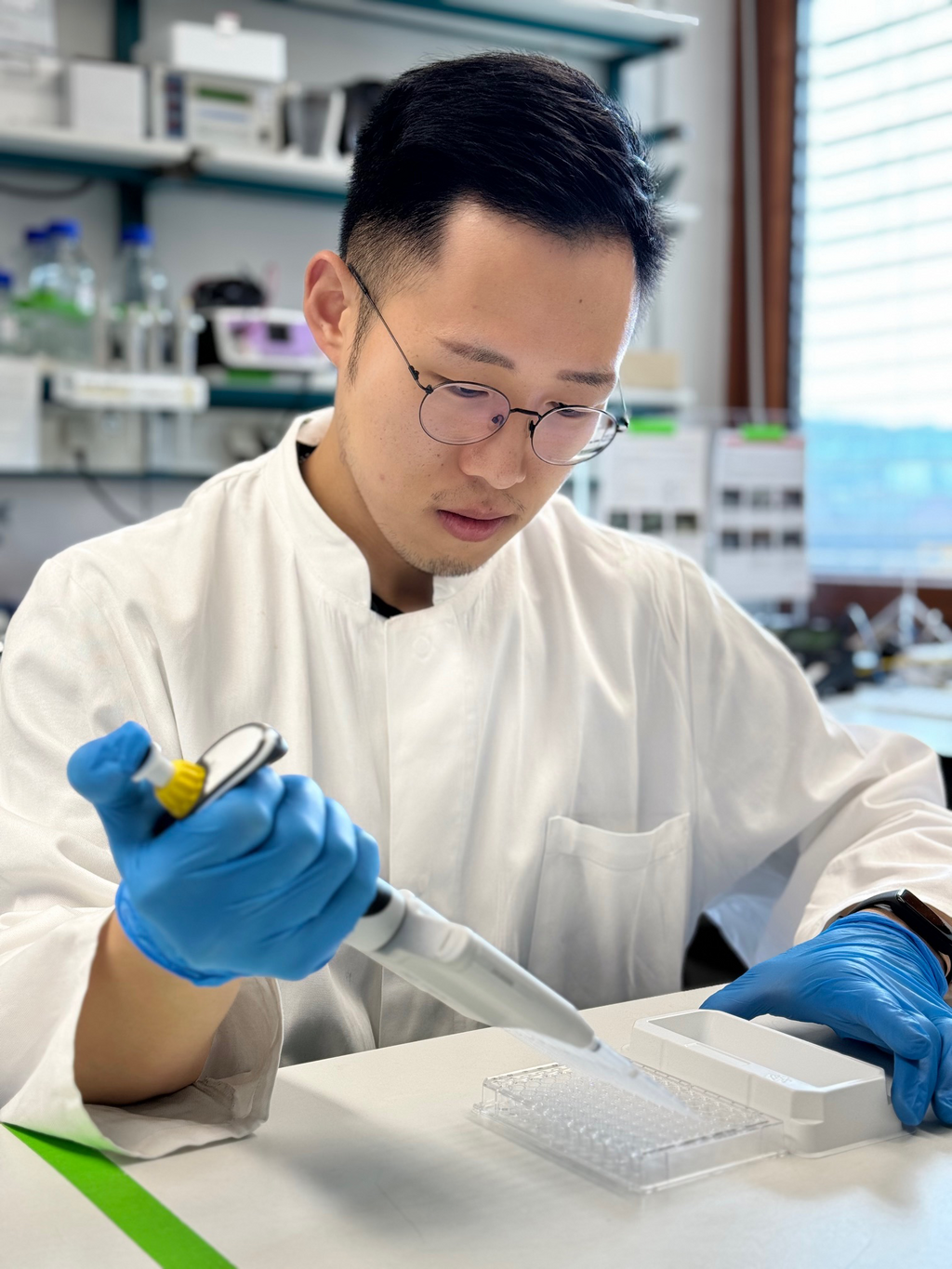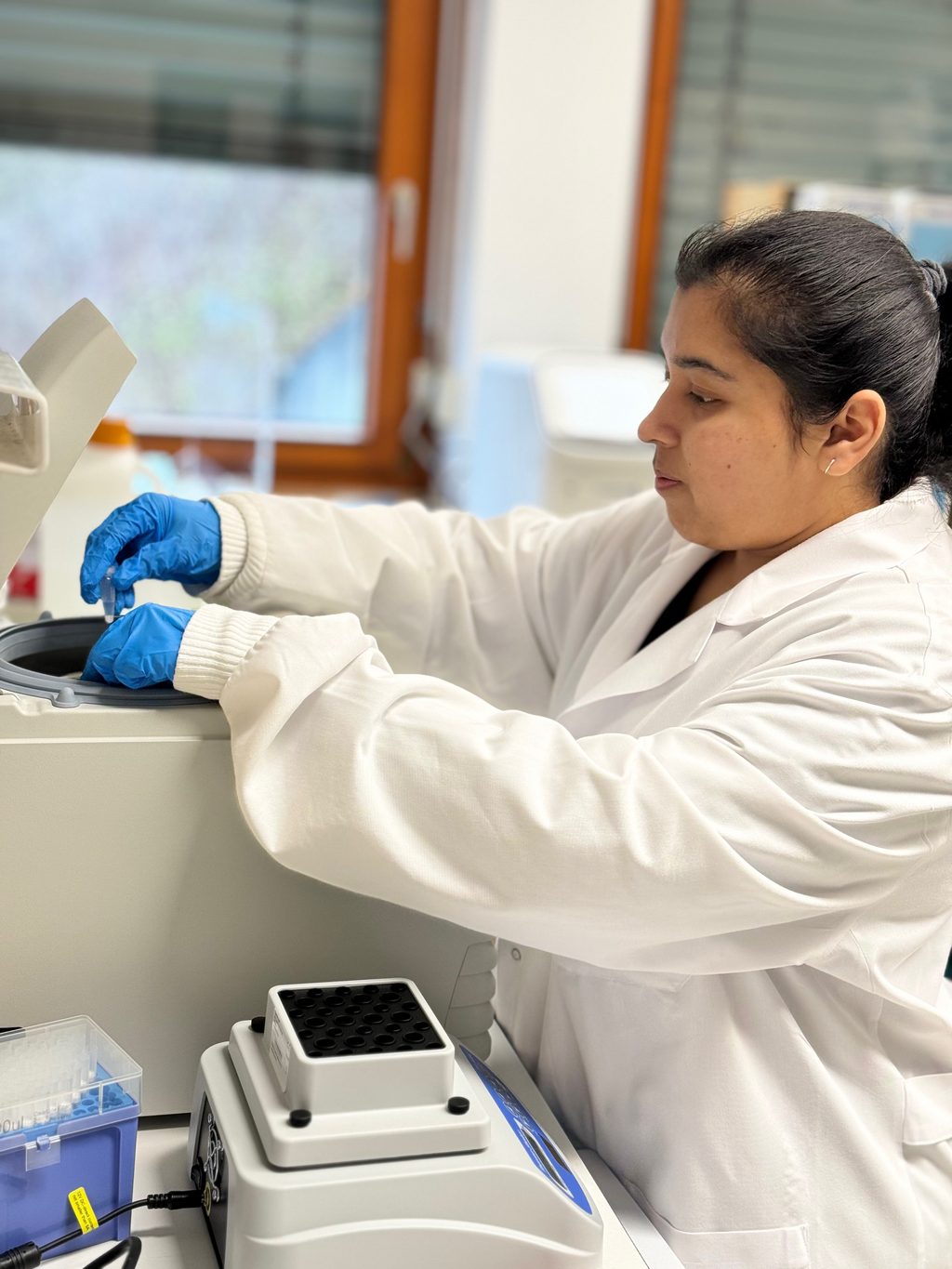Single-cell RNA sequencing has become a powerful tool for understanding cellular physiology at a single-cell level. Further, single-cell SLAM-seq (scSLAM-seq)
integrated metabolic RNA labeling, biochemical nucleoside conversion, and single-cell RNA-seq to directly measure total transcript levels, transcriptional activity, and the remaining “old” RNA from thousands of genes per cell. We have developed powerful tools to do scSLAM-seq in fixed cells. Innovative barcoding of these fixed cells allows us to combine multiple experimental conditions in one tube. In an ambitious project funded by Amar Foundation, USA, we are utilizing our unique expertise of scSLAM-seq in the field of ME/CFS and long COVID to understand infection-mediated cell-specific changes in human genes that can facilitate disease development.

Autoimmunity is implicated as an important clinical feature of ME/CFS. One of the major bottlenecks of current methodologies is to assign functional and molecular relevance of virus infection and autoimmunity to the development and progression of the disease. We have established an innovative methodology called Targeted Immunoglobulin Associated Proteomics (TIgAP) to study potential host cell protein targets for the autoantibodies frequently detected in ME/CFS and long COVID patients. We apply our TIgAP methodology to various primary human cell types, including human skeletal muscle, neuronal cells, and virus (EBV, HHV-6) infected cells to identify cell- and infection-specific proteins that might be a target for ME/CFS-specific immunoglobulins. This work is currently funded by ME Research UK, BMBF, and Deutsche Gesellschafts for ME/CFS.

We have developed fluorescence-based tools to quantify HHV-6 reactivation in real time in various cell types. We are continuously working to take this technique to an organoid level. The use of human iPSC-derived brain organoids where HHV-6 can be reactivated from a latent state allows us to understand the role of specific viral proteins like dUTPase and viral miRNAs like miR-aU14 in the manipulation of early host defense against viral pathogens.
